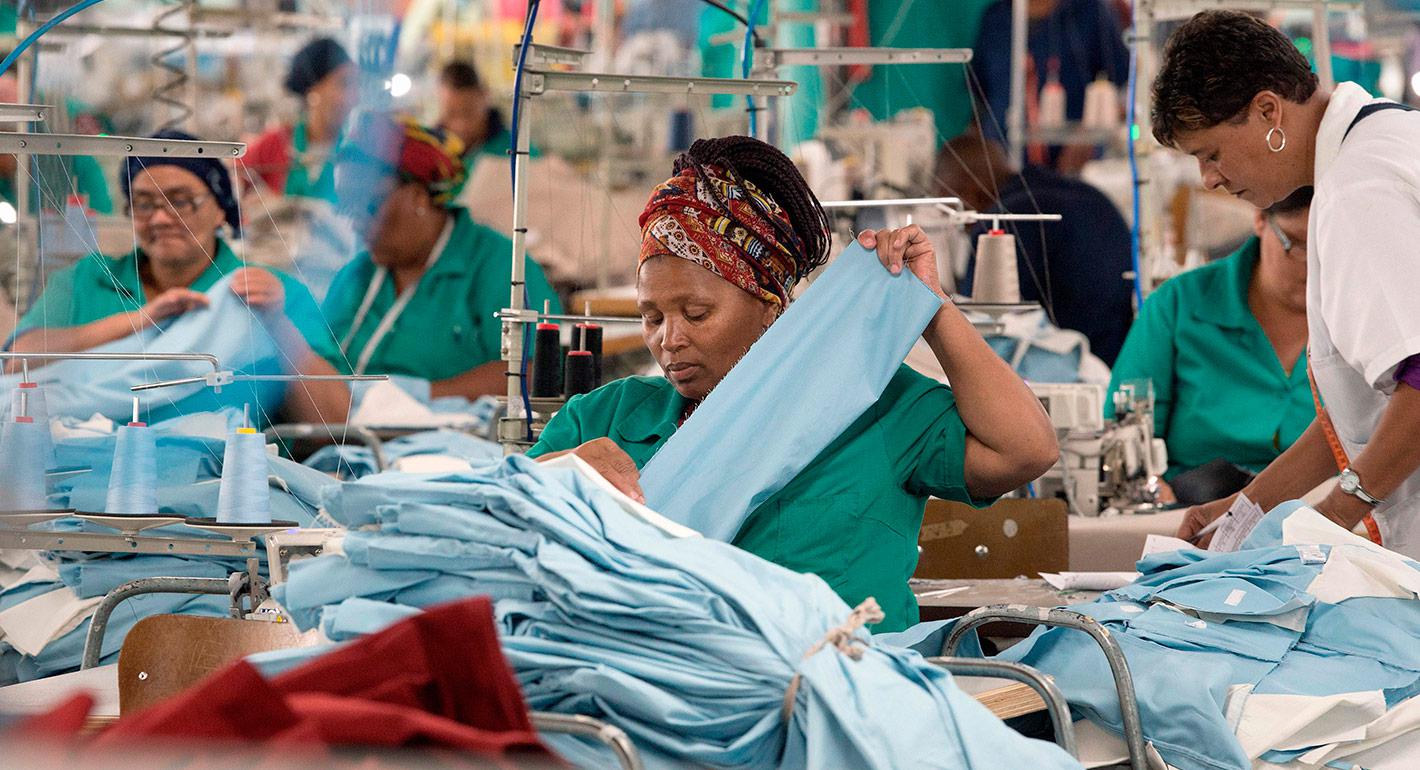At a Glance
- Africa’s top economies are accelerating diversification into manufacturing, tech, agriculture, and renewable energy.
- Governments are cutting oil dependence through industrial reform, fiscal restructuring, and export-led growth strategies.
- Fintech, logistics, and green industries are driving Africa’s next phase of economic transformation.
Africa’s biggest economies are steadily moving away from decades of dependence on oil revenue, redirecting investment toward manufacturing, agriculture, digital services, and renewable energy.
Governments and investors are betting that a broader economic base will make their countries more resilient to global shocks and commodity price swings.
With rising global demand for diversified suppliers and more stable growth models, policymakers across the continent are focusing on trade expansion, industrialization, and fiscal reform.
From North Africa to the Horn and West Africa, the shift is visible in industrial park construction, fintech growth, and new export strategies built around value-added goods rather than raw resources.
The transition is far from simple. Many countries still face the dual challenge of generating enough formal jobs and managing budgets that remain vulnerable to oil market fluctuations. Yet, as new industries take root, the path toward balanced growth is becoming clearer.
Below are 10 African economies making notable progress in diversifying beyond oil—and how each is charting its course.
Nigeria — Services, agriculture and digital finance take center stage
Nigeria is reshaping its economic structure after fiscal reforms and currency stabilization in 2024–25. The government has turned toward strengthening non-oil exports, expanding fintech, modernizing logistics, and reforming tax to widen non-oil revenue sources.
Services (financial, telecom, trade), agriculture value chains, and digital finance are now key growth engines—even as the oil and gas sector remains strategic.
South Africa — A diversified baseline that needs manufacturing energy
Already fairly diversified, South Africa’s government is doubling down on boosting manufacturing, higher-value industries, and green technologies to reduce unemployment and improve productivity.
Key reforms target port efficiency, industrial policy, and boosting exports of high‐value minerals. The aim: to translate headline growth into inclusive job creation.
Egypt — Logistics, tourism and Suez economic zones
Egypt is leveraging its strategic location via the Suez Canal, investing in logistics infrastructure, and developing special economic zones (SEZs) to draw manufacturing and petrochemical supply chains.
Tourism remains a pillar, especially as foreign exchange from non-oil services becomes increasingly vital. Key infrastructure spending underpins the country’s efforts to reduce oil dependence while boosting foreign investment.
Algeria — Tripling non-hydrocarbon exports and public investment
Algeria’s economic strategy for the 2020s has been explicit: reduce vulnerability to oil shocks by accelerating growth in agriculture, concrete industry, and construction, and improving port and trade logistics to support trade diversification.
Non-hydrocarbon exports have tripled since 2017, driven by public investment and policy reforms. Algeria’s 2025 budget assumes lower oil income and higher non-oil revenue contributions.
Morocco — Automotive, aerospace and green energy corridors
Morocco has become a magnet for foreign direct investment (FDI) in automotive and aerospace supply chains, exporting components and finished vehicles to Europe.
Its industrial strategy combines strong port infrastructure, renewable energy development, and logistics corridors. Those combine to make Morocco one of North Africa’s most attractive non-oil manufacturing hubs.
Kenya — Fintech, digital services and horticulture exports
Kenya is leveraging its leadership in mobile money, strong start-up ecosystem, and expanding digital services to drive services sector growth. At the same time, Kenya’s horticulture and flower exports are major contributors to non-oil foreign exchange earnings.
Improvements in logistics, trade facilitation, and mobile payments are helping scale informal to formal sector transformation.
Ethiopia — Industrial parks, textiles and export-led manufacturing
Ethiopia is embracing an export-led manufacturing model built around industrial parks, garments, and textiles.
By attracting global apparel firms, providing low labour costs, and securing preferential market access, the country has begun creating thousands of jobs in non-agricultural sectors. Scaling industrial parks remains crucial to sustain diversified export growth.
Angola — From oil rents to mining, agriculture and gas
Angola is navigating a transition away from overreliance on crude. Recent strategy documents and IMF/World Bank analysis show expansion in agriculture, mining, and nascent gas exports, coupled with efforts to strengthen public finances.
Gas, both for domestic and export use, is seen as a bridge between oil and a broader non-oil revenue base.
Ghana — Services, gold and cocoa-value addition
After stabilizing public finances, Ghana is focusing on adding more value to commodities—refining gold, processing cocoa—and expanding high growth services like finance, logistics, and trade.
The government’s reforms aim to capture more of commodity value chains and reduce vulnerability to oil price swings.
Tanzania — Agriculture, tourism recovery and industry
Tanzania maintains a diversified base: agriculture remains a major employer, but recent years show accelerating growth in manufacturing, tourism, and services. Government credit programs aimed at agriculture and industrial credit have supported small and medium enterprises.
The push is toward stronger non-commodity output and greater resilience to global price swings.





